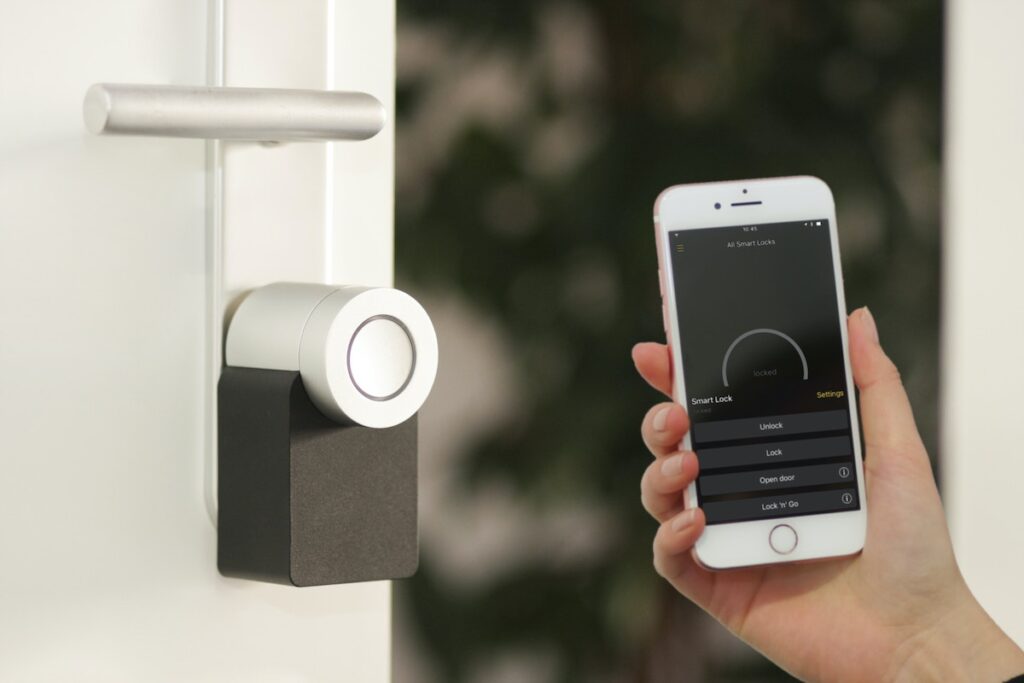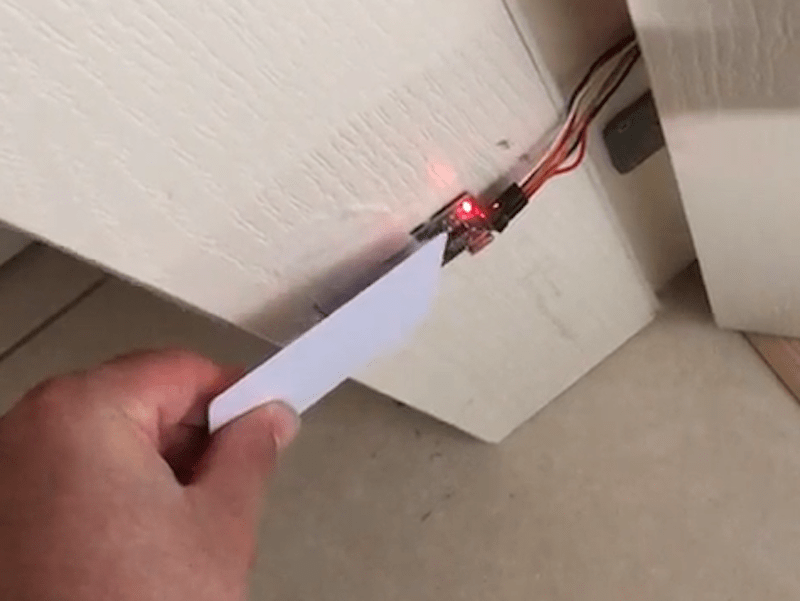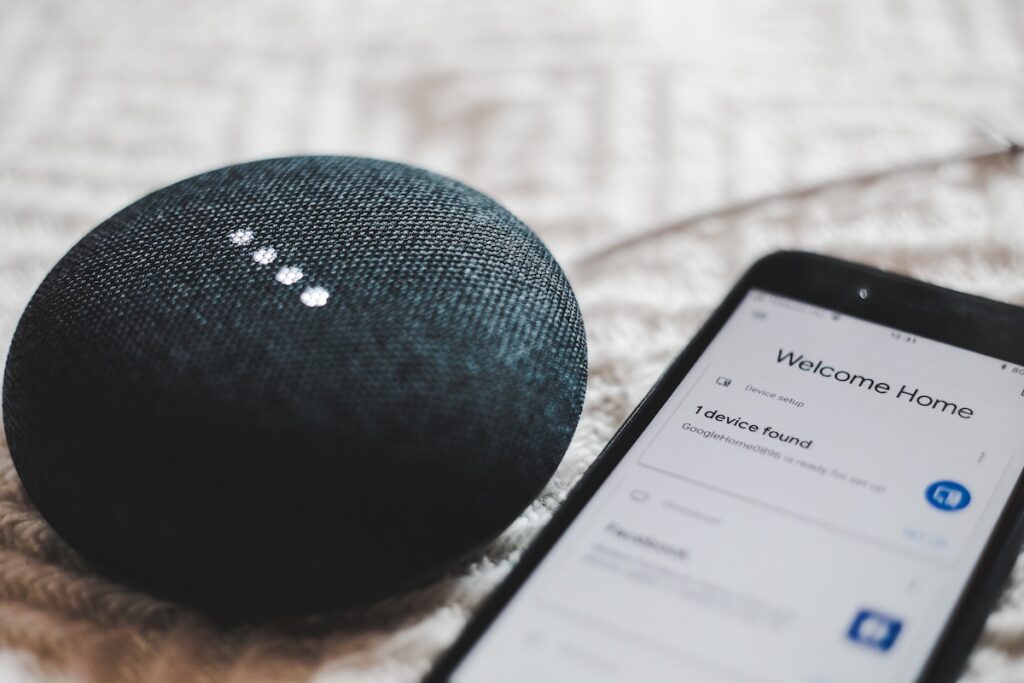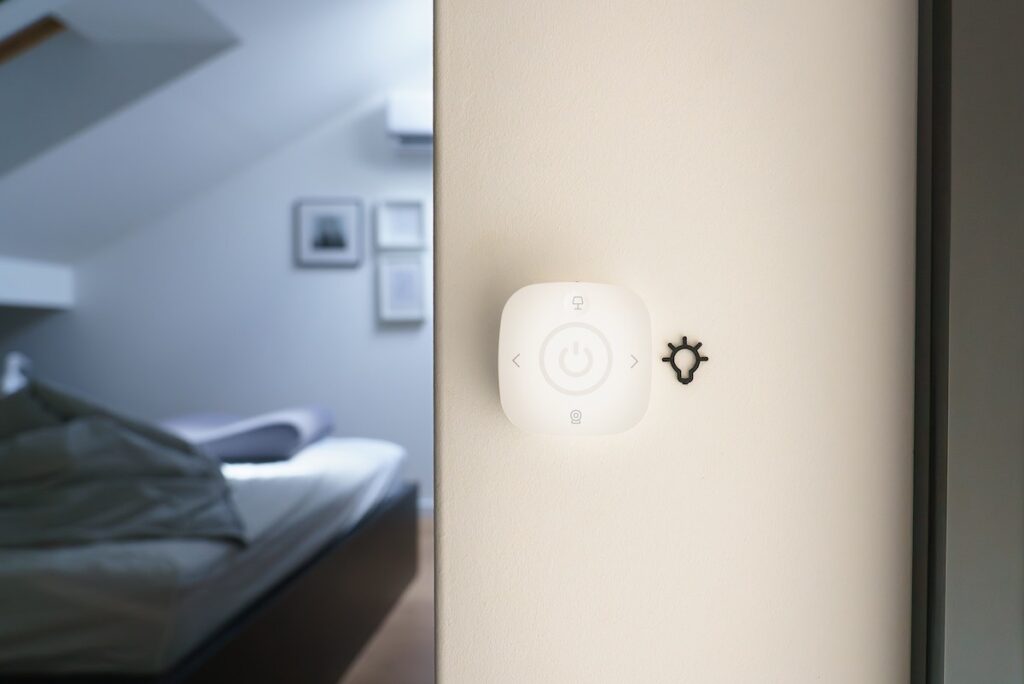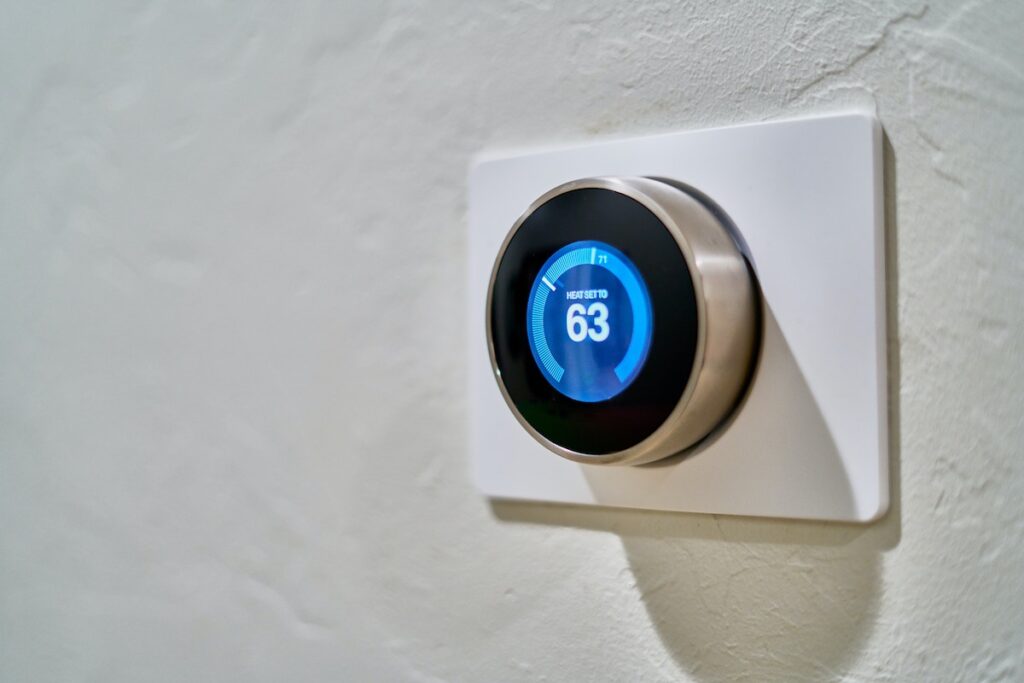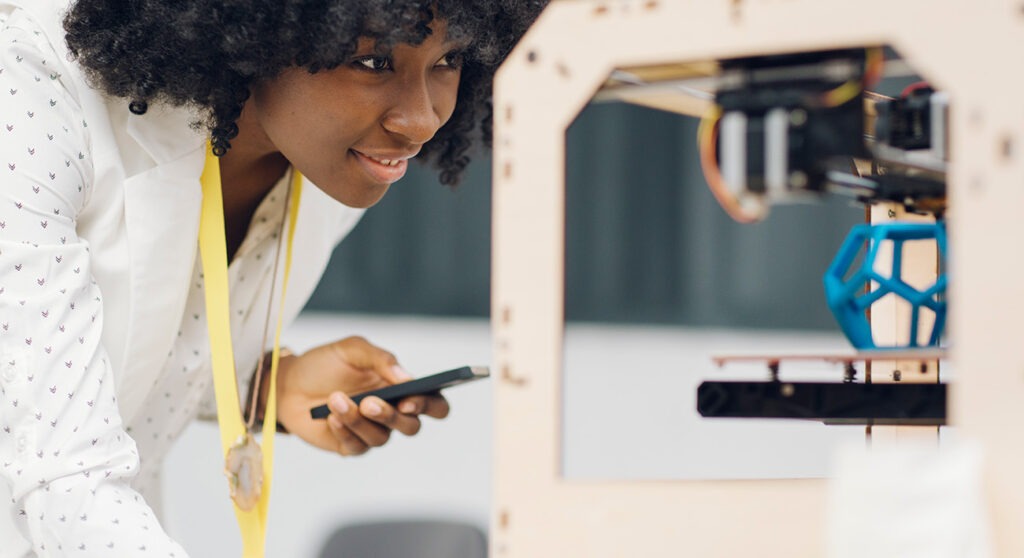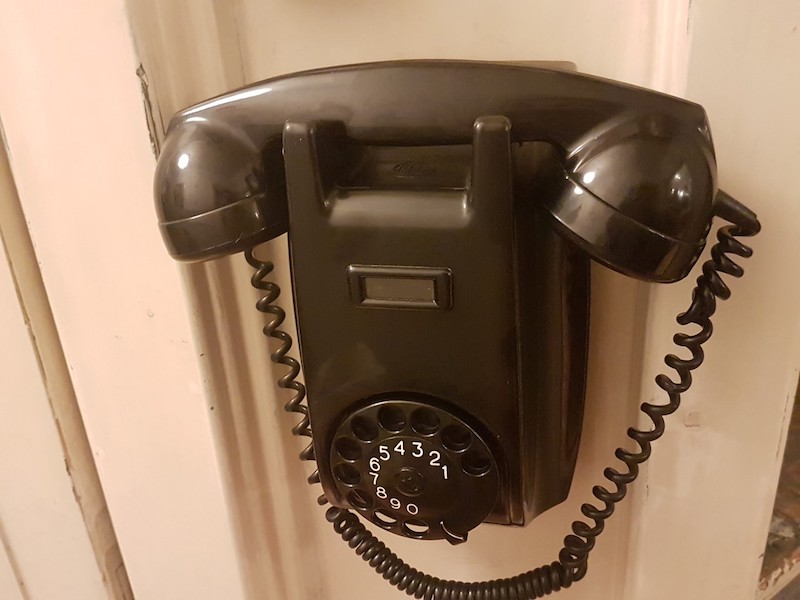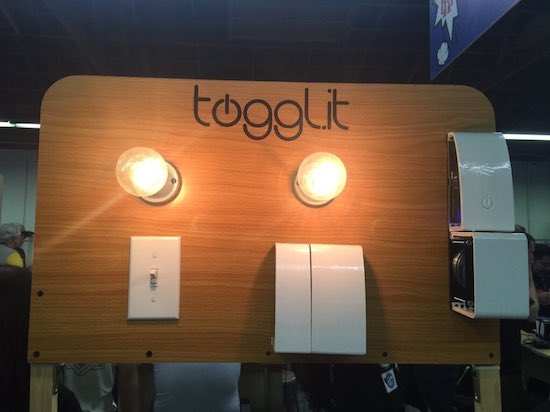13
There’s a lot to love about the fall season, and when it comes to home automation there’s a ton of opportunity here for smart makers to start playing around with new ideas and creations.
In this article, we’ll take a look at some ways you can use home automation to enhance your autumn experience, and we’ll share a few inspiring ideas from the Arduino community.
Automated garden care
If you have a lawn — or any outdoor space — you probably know the never-ending struggle of keeping it in good condition.
On top of your regular tasks of cutting the grass and caring for its quality, you’ll also have to contend with the yearly influx of beautiful but dead leaves cascading down from the trees and forming a crisp blanket over your grass.
This can keep the autumnal gardener much busier than usual, but the good news is that home automation can make things much easier in this department. Let’s find out how!
Smart leaf blowers
Clearing the fallen leaves out of your yard can be a tedious task, but with the power of home automation it gets a lot easier.
Remote-controlled leaf blowers like this one can take care of the laborious work of getting rid of dead leaves while you relax on the porch with a nice cup of coffee. Right now this kind of tech is still mostly in the prototype DIY stage, but the future could see more commercially available models.
Robot lawn mowers

The Roomba revolutionized the world of home maintenance. No longer did you have to devote chunks of your day to walking around the house with a vacuum cleaner — now a neat little robot could take care of it all for you.
Robot lawn mowers are now bringing the same game-changing concept to the world of gardening, automatically whizzing around your lawn and getting it to just the right condition while you hang out and enjoy the cool autumn breeze.
If you’re feeling creative, why not build your own robot lawn mower?
Arduino user ReP_AL decided to do that with this project — an Arduino-controlled lawn mowing robot. Now you can sit inside with a pumpkin spice latte and watch in comfort as your robot leaves your lawn in perfect condition. You can check out a full guide for this project here.
Temperature control and energy efficiency
While it’s not quite winter yet, fall is the period where temperatures start to drop, and some days can get pretty chilly.
This is the perfect opportunity to get on top of your temperature control systems and get prepared for the colder months on the way. Once again, home automation can play a major role here, helping you maintain just the right conditions in your home without wasting any energy.
Smart thermostats
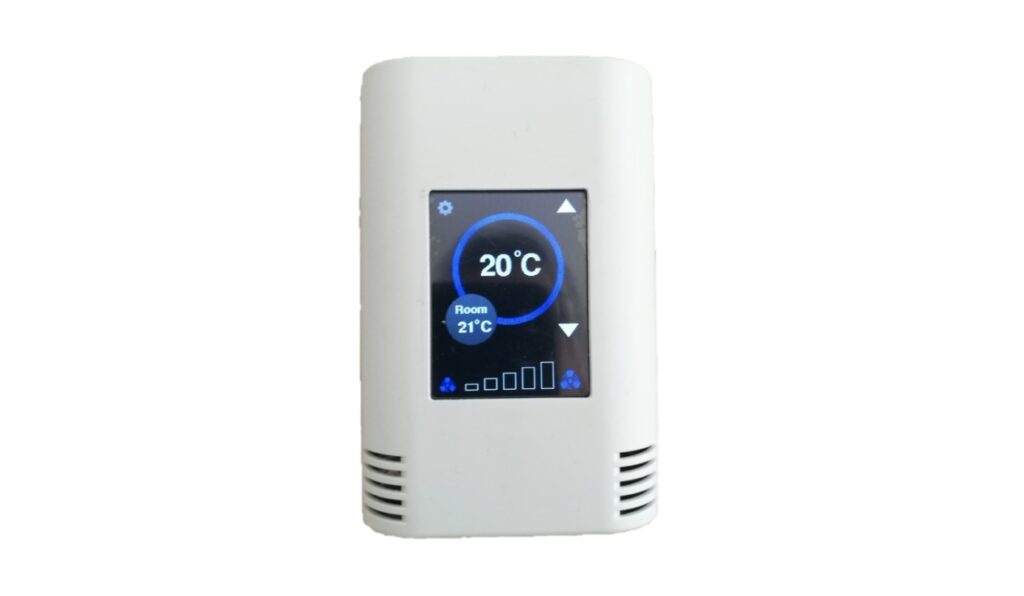
Until recently, controlling the heat in your home required you to actually be at home.
Today, thanks to smart thermostats, that’s no longer the case. These gadgets allow you to check the temperature of your house and make adjustments from wherever you are, by connecting your thermostat to a mobile app.
Smart thermostats can also automatically change the temperature based on when you enter or leave your home, the occupancy of a room at any given time, and your energy usage over time.
You can even make your own smart thermostat with Arduino. That’s exactly what Hwhardsoft did with this project, combining an Arduino MKR board with a wall mounting enclosure and color TFT touchscreen to create a professional-looking and easy-to-use thermostat for the chilly winter months.
Energy conservation
As the days get shorter and colder in the fall months, it’s tempting to crank up the heating and flood your house with light.
The downside to this is that it takes its toll on your energy bills, especially during a time when costs are high. Home automation can help mitigate this, with the use of monitors that track energy usage, show alerts, and even automatically switch off or turn down lighting, heat, and electrical appliances when they’re not needed.
Lighting and decorations for fall
Fall isn’t all about dark nights and frosty mornings. It’s also a time for celebration, with quite a few big holidays taking place around this time.
Halloween is the most famous, but even if you aren’t a big fan of spooky decorations, adding some light and color to your home can help warm things up as the days get colder.
Smart lighting is a great example here. On top of keeping your living areas cozy and ambient, smart lighting can also help create a more seasonal mood, and can even be used to set up lighting displays for parties and holiday celebrations.
It’s not just indoor lighting, either, you can also set up smart illumination displays on the outside of your home. If you’re feeling particularly ambitious, you can even rig up entire lighting displays to celebrate an occasion of your choice.
Home security
One of the downsides of the darker months is an increase in certain types of crime — specifically burglary.
Criminals like to operate under cover of darkness, and home break-ins are easier to carry out when the world is plunged into night from the afternoon onwards. Fortunately, burglars are fairly easy to deter, and home automation can be a powerful tool here. For instance:
- Motion sensors and smart camera systems that can detect any unusual activity and quickly report it to you, wherever you are, via a mobile app. This can also trigger alarms and even notify the police if needed.
- Smart locks and security systems that can be controlled remotely from your devices. This way you can ensure your home is secure at all times, giving you peace of mind, and grant trusted people access from afar.
- Automated lighting systems that make your home seem occupied even when nobody is around, deterring opportunistic criminals.
Entertainment
The fall season is home to a number of festivals and holidays. Halloween, the Day of the Dead, and Thanksgiving are just a few well-known examples.
Due to the chilly weather, most autumnal festivals tend to take place indoors, which is a great opportunity for you to tap into home automation to host a party nobody will ever forget.
Home automation can give you a ton of the tools to achieve this. With automated lighting to create the perfect ambience, smart speaker systems connected to voice assistants and shared apps, and unique, novel costumes and light displays, you can host the perfect party.
You don’t need to throw a huge celebration to make the most of smart entertainment, however. With the right combination of smart lighting, sound, and interactive entertainment systems you can have a great night in all by yourself.
Preparing for the holidays
On top of the fearful festivities of Halloween, fall also marks the beginning of a long holiday season.
Thanksgiving, Christmas, and New Year are all just around the corner, and major events like Black Friday and Cyber Monday take place around this time, too. This makes fall the perfect season to start laying the foundations for a busy few months of holidays.
Once again, home automation can make life easier and more productive here. For example:
- Smart kitchen appliances — like trash cans that sound alerts when they’re full and cupboards that add to your shopping list when ingredients are running low — can make life much easier during big eating and guest-hosting holidays.
- Automated travel planning — Tools such as Wonderplan make it easier than ever to create rough starting itineraries, book accommodation and transport ahead of time, and start making preparations for your coming trip.
- Automated gift shopping — Tools like ChatGPT can help generate thoughtful ideas for gifts, and you can easily place orders using voice automation software and list-making apps that can handle the entire process of ordering and shipping.
If you’re interested in getting started on your own home automation journey this fall, Arduino is the perfect place to start.
Our Project Hub is full of inspiration, and we have products and guides to help anyone get started, no matter their experience level or comfort with tech. Everyone has to start somewhere, and before long you’ll be putting together some seriously impressive creations.
Contact us to learn more!
The post Home automation ideas for the fall season appeared first on Arduino Blog.

